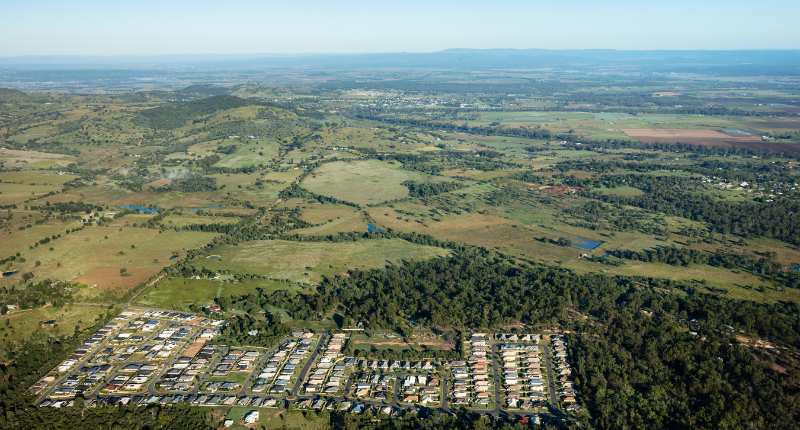- South East Queensland housing crisis a ticking time bomb
- Record migration, low vacancies, and housing stock shortfall fuelling crisis
- RPM believes solution may be affordable housing on greenfield land
The RPM Group’s new South East Queensland Market Update reports that the housing crisis has worsened in the region over the past quarter. Poor economic conditions, low rental vacancies, over-bloated construction costs, rising interest rates, and skyrocketing interstate migration have created a dire situation for tenants and first-time homebuyers.
The company argues that the greenfield market lacks variety in terms of lot sizes and that addressing this problem will introduce an assortment of diverse options to consumers when the market is struggling with accelerating demand.
Managing Director of RPM Queensland, Peter Neale, says more land must be released to introduce affordable housing for new arrivals.
“This shortage has been compounded by record interstate migration to Queensland last year that drove the largest population growth of any Australian state in 2022, and it will become even more critical with the expected spike in international migrants over the short term,” Neale says.
Queensland’s population grew by 2% over 2023, almost double the national average of 1.1%. According to figures released by the Queensland government, net interstate migration accounted for 52% of growth in the year to June 2022.
While housing construction in Queensland reached record levels the previous year, approvals dropped by 15.4% over the 12 months to April 2023.
Queensland annual approvals by dwelling type

The main takeaway from the RPM report is that the government and property developers should coordinate to solve the two main bottlenecks behind South-East Queensland’s housing shortfall— price and slow approvals.
“The solution is to increase supply given last year has demonstrated that there is no shortage of people seeking to purchase – they are largely constrained by affordability,” Neale says.
“Consumer sentiment rose after the Reserve Bank paused its successive interest rate hikes in April, but then fell with the unexpected rise in May, which reflects the fragility of the current market.”
“Buyers will become more confident once rate increases subside, in the meantime, there needs to be a concerted effort by governments and councils in South-East Queensland to cut red tape and get approvals through faster. This is a critical enabler,” said Mr Neale.
“This includes smaller land blocks for townhouses and terrace homes as affordability needs to be unlocked for buyers. It will also encourage more investors into the market to deliver much needed rental stock to South-East Queensland.”
$120,000 household income: Purchaser capacity

The continual rise in Australia’s cash rate has stunted the average buyer’s ability to enter the property market. Hence, buyers have been pushed out into cheaper, smaller dwellings in the rural areas, where more land needs to be released.
Another factor exacerbating the housing shortage in the region is the drop in apartment construction. Neale states that the poor economic conditions have made it too risky for developers to adopt large apartment projects. Despite apartment approvals having shot up by 40% in the year to April, the number of apartments completed remains scant, as projects have stalled due to a 20% rise in building costs.
“There needs to be a range of new initiatives to further support the growing needs of South-East Queensland. It is not only the greenfield market that requires support, the inner and middle ring through tackling planning hurdles and incentivising developers to re-enter the market also requires stimulus,” Neil says.
South-East Queensland current rental stocks vs required

Despite some slight improvements recently, RPM reports that Queensland recorded a grim 0.9% residential vacancy rate in March.
“We estimate the state is 25,000 rental properties short of a healthy rental market; this will become even more pronounced as overseas migration increases throughout the year.”
Peter Neale, Managing Director of RPM Queensland
“While we acknowledge the government’s intervention, there is still considerable work to do in order to address the challenges as there is a need for a more concerted effort if we are to address the deepening housing deficit in the South-East Queensland market.”








